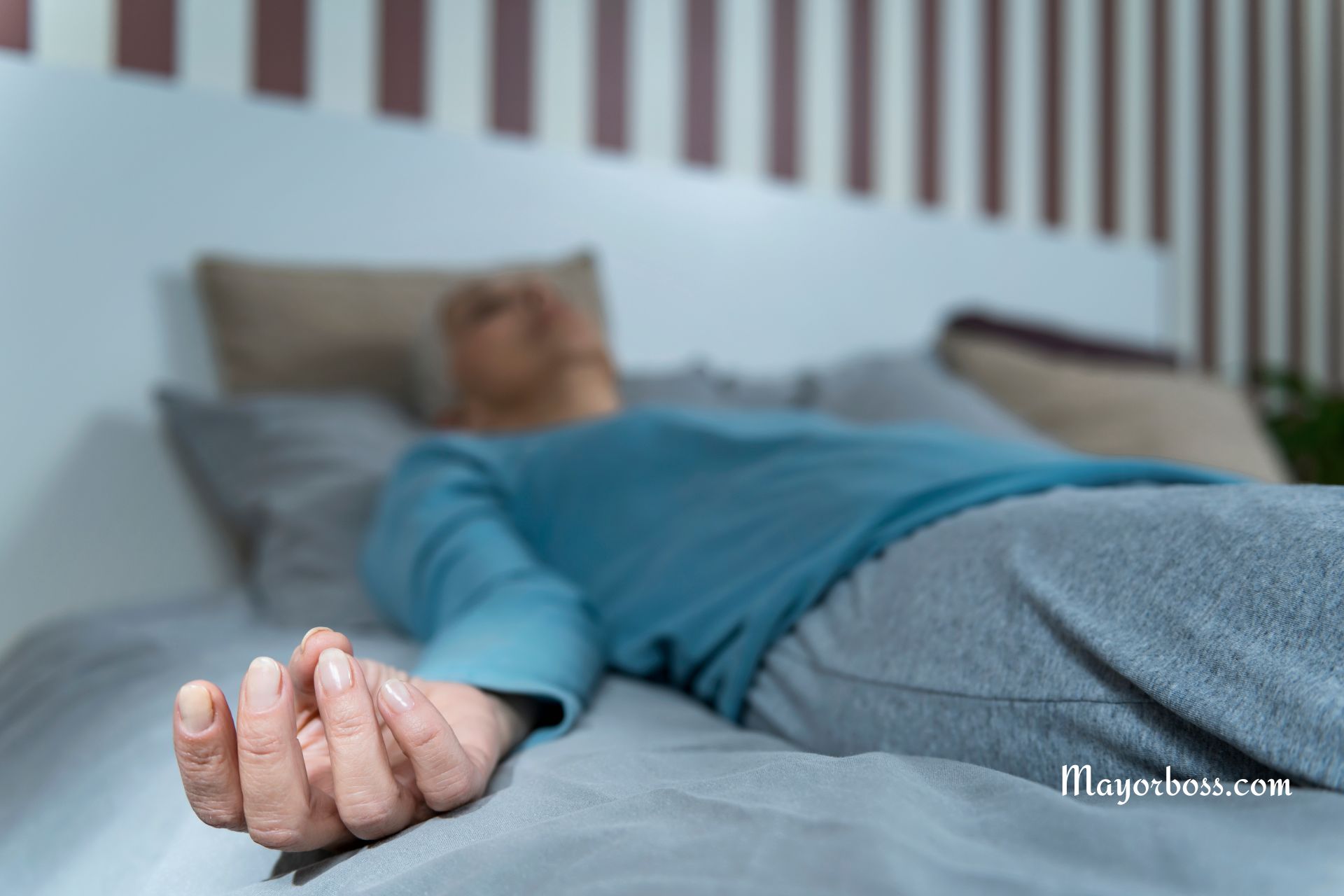If You Feel This in Your Hands or Feet, You Have High Cholesterol
Have you ever noticed a strange sensation in your hands or feet? It could be more than just a temporary discomfort. Surprisingly enough, these feelings might be signaling something about your cholesterol levels. High cholesterol often flies under the radar, affecting your health silently until significant symptoms appear.

What High Cholesterol Does to Your Body
High cholesterol is notorious for building up in your arteries, making them hard and narrow. This makes it tougher for blood to flow through, which can lead to a range of complications. But how does this relate to what you feel in your hands and feet?
The Link Between Cholesterol and Peripheral Arteries
The connection lies in your peripheral arteries, those that supply blood to your limbs. When cholesterol plaques build up in these arteries, a condition known as peripheral arterial disease (PAD) develops. PAD primarily affects your legs, but don’t be fooled, it can impact your arms too.
Symptoms in Your Hands and Feet
So, what exactly should you look out for? Here are the key sensations:
- Numbness: A lack of feeling in your hands or feet might occur if there’s insufficient blood flow.
- Pain and Cramps: You might experience these during physical activity or even while resting if the blood flow is severely restricted.
- Coldness: If your limbs feel unusually cold, it could be due to poor blood circulation caused by narrowed arteries.
- Weakness: Feeling weaker in the limbs? This could be a telltale sign of PAD.
If these symptoms sound familiar, it’s crucial to consult with a healthcare provider. They can run tests to check your cholesterol levels and assess the health of your arteries.
What You Can Do About It
Now, let’s discuss how to manage or even prevent these issues. The steps are simpler than you might think.
Lifestyle Changes
Adjusting your lifestyle can have a powerful impact on your cholesterol levels. Here are some straightforward strategies:
- Adopt a Heart-Healthy Diet: Focus on eating plenty of fruits, vegetables, whole grains, and lean proteins. Avoid trans fats and reduce saturated fats.
- Regular Exercise: Aim for at least 30 minutes of moderate-intensity exercise most days of the week. This helps improve your overall blood circulation and cholesterol levels.
- Quit Smoking: Smoking exacerbates the buildup of plaques in your arteries, so cutting it out can significantly improve your arterial health.
Medical Treatments
Sometimes, lifestyle changes alone aren’t enough. If your cholesterol levels remain high, your doctor might prescribe medication:
- Statins: These drugs help reduce cholesterol production in your liver.
- Other Medications: Depending on your situation, other medications that help manage cholesterol and improve blood flow might be necessary.
Taking action early can prevent the progression of PAD and reduce your risk of more severe complications like heart attacks or strokes.
Frequently Asked Questions
Can symptoms of high cholesterol appear in other parts of the body?
Yes, other symptoms can include chest pain or pressure, which is a sign of heart disease, and fatty deposits in your skin or eyelids.
Is high cholesterol linked only to unhealthy eating habits?
Not necessarily. Genetics can also play a significant role. Some people inherit conditions that increase cholesterol, regardless of their lifestyle.
How often should I get my cholesterol checked?
It’s generally recommended to have your cholesterol levels checked every 4-6 years for adults over 20 years old. However, if you’re at higher risk or have been diagnosed with high cholesterol, more frequent testing might be necessary.






